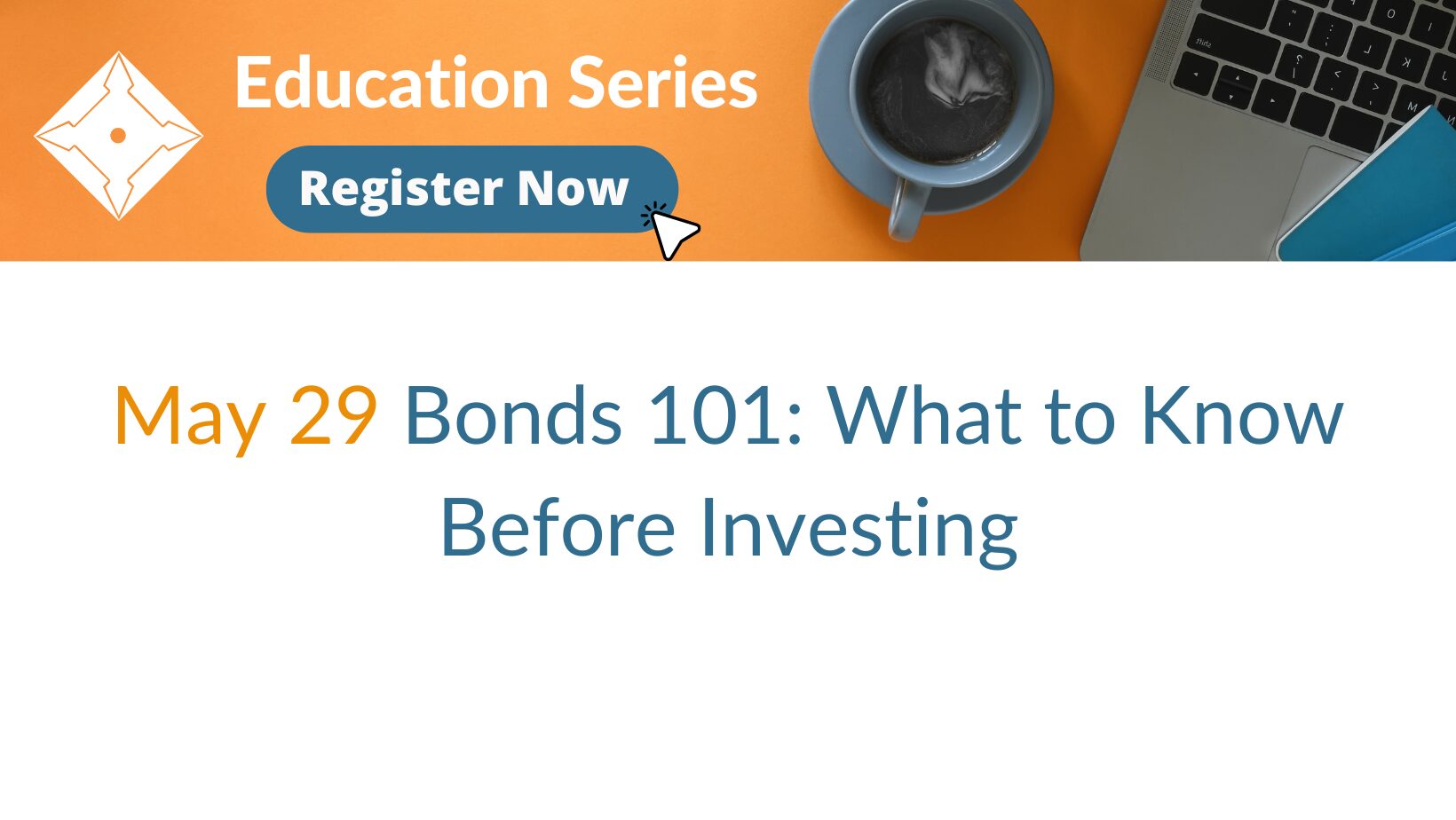Investing Internationally: Developed vs. Developing Economies

Written by: Daniel Eye, CFA® | Chief Investment Officer
For investors seeking to create a diverse investment portfolio, international exposure is something that should be considered. International investments can provide investors with access to many different growth opportunities and markets that are not available domestically.
Despite the benefits of investing abroad, determining how to do so can be difficult, especially for amateur investors. Prospective investors must first select the type of market they would like to invest in, typically either developed or developing, and then determine the companies that they believe will be strong performers. Investors who do not want to go through the process of selecting individual stocks could purchase an international fund, which provides diversified global exposure, but they still must decide which market to invest in and select an appropriate fund to meet their financial goals. This requires a clear understanding of the difference between developed and developing, also referred to as emerging markets.
What Are Developed Countries?
Developed nations are usually easy to identify, but there is technically no strict definition for what constitutes a developed country. This can lead to some differences in how organizations classify countries on the borderline between developed and developing countries. However, there are several characteristics that almost all developed countries share that can help investors determine their classification.
As the name implies, developed countries typically have advanced economies. The International Monetary Fund (IMF) describes advanced economies as those economies with a high level of per capita income, a very significant degree of industrialization, a varied export base, and a financial sector integrated into the global financial system. In addition, they typically have well-developed infrastructure, an older population, a larger female workforce, and utilize a disproportionate amount of the world’s resources.
Not all developed nations will exhibit each of the characteristics outlined above, but if a country exhibits most of them, they are likely considered developed.
Benefits of Investing in Developed Countries
Investing in developed nations has several benefits over investing in developing countries. Most developed countries have stronger oversight and stricter regulations that govern the operations of companies there. This leads to more reliable accounting and financial reporting. When performing research and analysis, reliable accounting and financial reporting practices go a long way in helping ensure the safety of any potential investment.
There is also a lower risk of unexpected economic or political instability. Since the economic and political institutions in these regions are well-established, they are unlikely to change. This allows investors to forecast future operating conditions for companies more accurately. Everything from changes in taxation to likely changes in rules and regulations to changes in the overall economy in the region can be instrumental to effectively projecting the continued success of a company.
Risks of Investing in Developed Countries
Obviously, no investment comes without risk. Although investing in developed countries is generally thought of as safer than investing in developing countries, there are several potential dangers that must be considered. With the massive increase in debt taken on in developed economies, there is a danger that the future may have slower economic growth or productive future spending could experience a crowding-out effect. Equity market valuations are also well above their historical averages in most developed nations. This could indicate a trend of lower-than-average future returns or make near-term volatility more pronounced if some unexpected event was to occur.
What are Developing Countries?
Similarly, there is no agreed-upon definition for what makes a nation a developing country, but these countries typically share several common traits that set them apart from developed nations. Additionally, these nations are subset into emerging and frontier markets. The distinction between these types of markets is even more grey, but it is important to note that frontier markets are considered emerging markets but not all emerging markets are frontier markets.
In general, emerging markets exhibit much more rapid economic growth and much higher birth rates in comparison with developed nations. These trends are often driven by a younger population and workforce. Despite the faster economic growth rates, infrastructure and household income have not yet caught up to the level of developed countries. In addition, these countries’ capital markets are not as mature and have not been fully integrated into the global economy. The BRICs (Brazil, Russia, India, China) and the GIPSI (Greece, Ireland, Portugal, Spain, Italy) are typically thought of as emerging markets.
Frontier markets are emerging markets that have very little capital market liquidity and an even lower per capita income than the average emerging market. They often have not experienced much economic development at any point in recent history and have the potential to either continue a period of rapid growth that is just starting or begin such a period in the future. Investing in these countries is typically suitable only for investors with a very high-risk tolerance. The CIVETS (Colombia, Indonesia, Vietnam, Egypt, Turkey, and South Africa) and many African and Asian countries are considered frontier markets.
Benefits of Investing in Developing Countries
Due to the high economic growth rates experienced in developing countries and the greater associated risk, investors should expect to earn higher returns from international investments in this category compared to investing in developed nations. However, over the past decade, developed market investments have grown at nearly double the pace of developing markets. This indicates that in recent history, the enhanced risk levels of emerging markets have not generated appropriate returns. Despite this historical outcome, current market conditions, especially the fact that equity valuations in most developed markets are significantly higher than historical averages, could indicate a possible reversal of this trend in the future.
Risks of Investing in Developing Countries
As mentioned above, there are often greater risks associated with investing in developing countries than in developed countries. One massive risk is economic and political instability. Especially within frontier markets, these risks are a huge concern and should not be taken lightly. These factors are often highly correlated with economic instability, increasing political instability or vice versa. Either of these risks, if realized, could contribute to large capital losses in investment value within the respective market.
Foreign exchange risk is also an area of potential concern. Although investors could experience a much greater percentage return in the developing nation’s currency, any appreciation in the investment could be significantly diminished when exchange rates are accounted for. This risk is also linked to political and economic stability.
Finally, the reliability of accounting and financial statements is a legitimate fear when dealing with investments in emerging markets. A company that an investor believed to be a great investment opportunity could quickly become a dud if its financials were presented inaccurately.
Although research and analysis should be utilized before making any investments, the specific risks associated with emerging markets make performing careful and effective research and analysis on potential investments an incredibly important aspect of any potential venture in this sector.
What are the Best Ways to Invest in Emerging Markets and Developed Markets?
Very few investors have the time to perform extensive research and analysis on international investment opportunities. However, since global exposure can be a valuable addition to any portfolio, most investors would like to have investments in developed or emerging markets or both. One of the best ways to invest in these markets is through a professionally managed mutual fund or exchange-traded fund (ETF).
Options include funds that mirror developed and emerging market indices, invest assets in specific countries or regions of the world, or specific companies that operate in a variety of industries. By engaging professional management, you can rest easy knowing that any aspect of your international portfolio that needs to be monitored is receiving the attention that it needs.
If you would like to discuss additional ways to increase your international exposure or ways to modify your portfolio to make the most of the many opportunities abroad, speak to one of our financial advisors today!
About the Author:
Daniel Eye, CFA®
Chief Investment Officer
Fort Pitt Capital Group, LLC
507 N. Front Street, Harrisburg, PA 17101
(717) 260-9281 | deye@fortpittcapital.com




